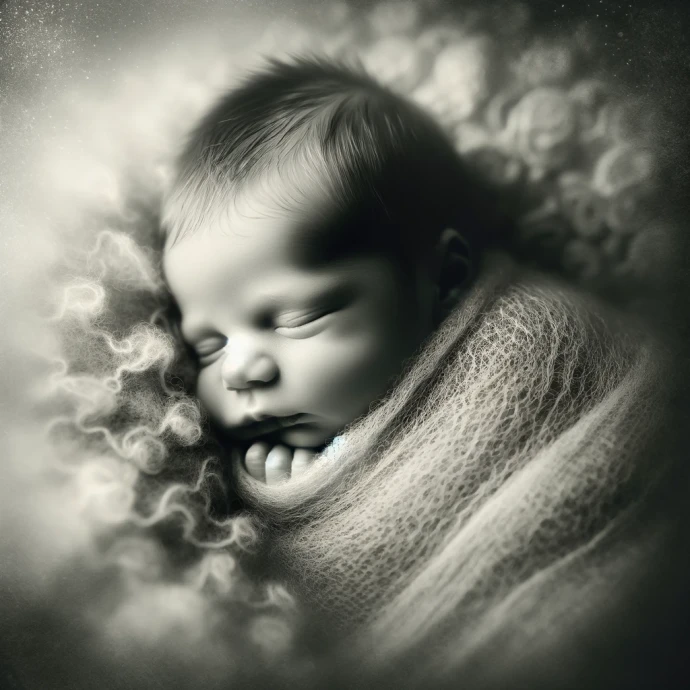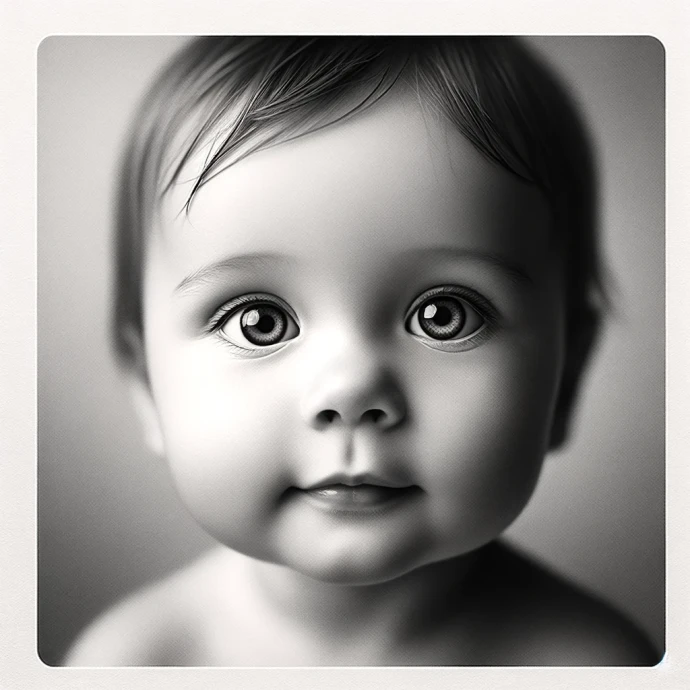Revealing the Wonder of Newborn Child Psyches | The Unrivalled Potential in AI Advancement

Confronted with the disorder of quiet child homes into loud, food-splattered milestones, it's difficult to accept that these small people may very well be the universe's most progressive students. However, this is the significant truth that some groundbreaking PC researchers are relying upon. They're determined to saddle the unrivalled handling powers of children's minds to spearhead the following flood of man-made reasoning (artificial intelligence) models. Despite the a wide margin by which innovation has progressed, giving machines capacities that boundary the otherworldly, with regards to learning independently, our cutting edge creations are no counterpart to the regular ability of a child's psyche. They battle with gaining from the unstructured, tumultuous information that reflects this present reality — an accomplishment infants achieve effortlessly.
Trying different things with Certifiable Learning
A noteworthy report led by specialists at New York College looked to overcome this issue. They wandered into the undiscovered possibility of a child's way of learning, catching 61 hours from the existence of a child named Sam, from the age of 6 to 25 months. This investigation was not only a brief look into the everyday existence of a baby but a thorough endeavor to unravel the insider facts of early learning. The specialists furnished Sam with a lightweight camera, transforming his every look and communication into significant information — 600,000 video outlines and 37,500 translated hints of life as seen and heard by Sam. This mother lode of child world encounters was then taken care of into a brain organization, planning to recreate how Sam, during a simple 1% of his cognizant existence, coordinated sounds with sights to grasp his current circumstance.
The Riddle of Language and Learning

The journey to comprehend how a child figures out how to relate words like «ball» with the different, vivid, and skipping objects it addresses is a secret that keeps on puzzling mental researchers. Regardless of the shifting speculations, there is a consistent affirmation of the child's remarkable capacity to gain from insignificant, fluctuated inputs. Surprisingly, by the youthful age of two, a youngster's jargon thrives to a normal of 300 words, a demonstration of their unimaginable ability to learn. This exceptional capacity is what the NYU analysts meant to imitate, expecting to move past the customary artificial intelligence models that depend intensely on tremendous datasets and processing power.
Astounding Experiences and Future Headings
The discoveries of the NYU study were completely momentous. With simply a fragment of information got from Sam's encounters, their man-made intelligence model showed a huge capacity to connect pictures with sounds, flaunting a 61.6% precision rate in recognizing different visual ideas. This achievement not only focuses light on the way toward more proficient and successful artificial intelligence models but also amplifies the unprecedented learning capacities intrinsic in newborn children. Children, it ends up, are not simply retaining visual and hearable signs; they're shaping speculations, making associations, and understanding the world in manners that modern machines are simply starting to rough.
The Research and Development Branch of the Human Species

Alison Gopnik, a noticeable figure in the investigation of kid brain science, compares children to the innovative work branch of humankind, stressing their part in investigating, testing, and understanding the world in manners grown-ups have long neglected. As per Gopnik, children have three basic abilities missing in artificial intelligence frameworks: the capacity to fabricate creative models of the world, an unquenchable interest and enthusiasm for experience, and a significant limit with respect to social learning. These abilities empower them to find out about the world as well as to draw in with it in profoundly friendly and compassionate ways, laying the basis for moral reasonableness and selflessness.
The Drawn out, Difficult Experience Ahead
The charming consequences of the NYU concentrate on highlighting the capability of drawing on the learning methodologies of newborn children to propel man-made intelligence improvement. Nonetheless, they additionally feature the tremendous hole between humans and AI. Man-made intelligence can emulate specific parts of a child's way of learning, such as partnering words with objects, however, it misses the mark in figuring out conceptual ideas, participating in friendly thinking, and utilizing the presence of mind. The excursion to imitate the nuanced and complex learning capacities of a child's mind is long and full of difficulties. However, the pursuit is encouraging as it could be overwhelming, advising us that in the mission to fabricate more brilliant machines, our best educators likely could be our most youthful.

Become a part of digital history





Comments about Revealing the Wonder of Newborn Child Psyches | The Unrivalled Potential in AI Advancement